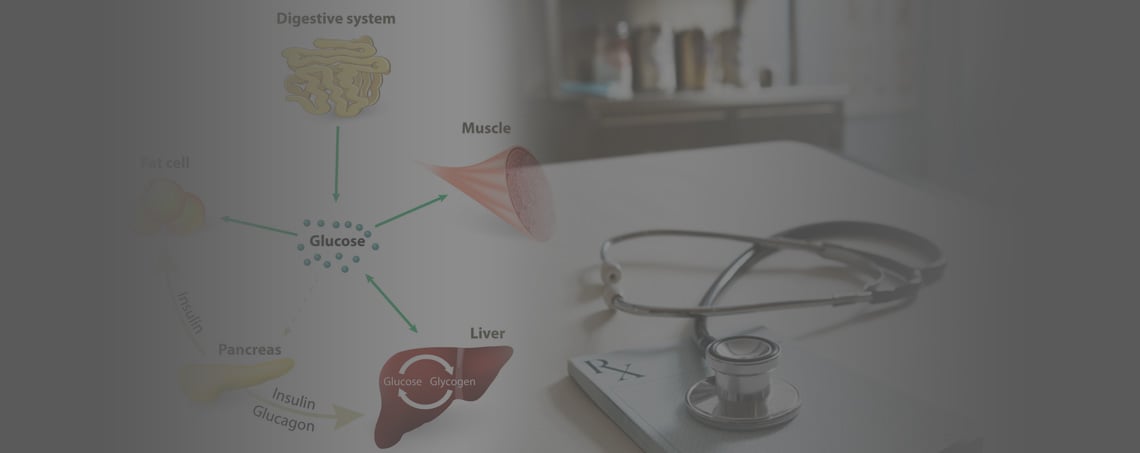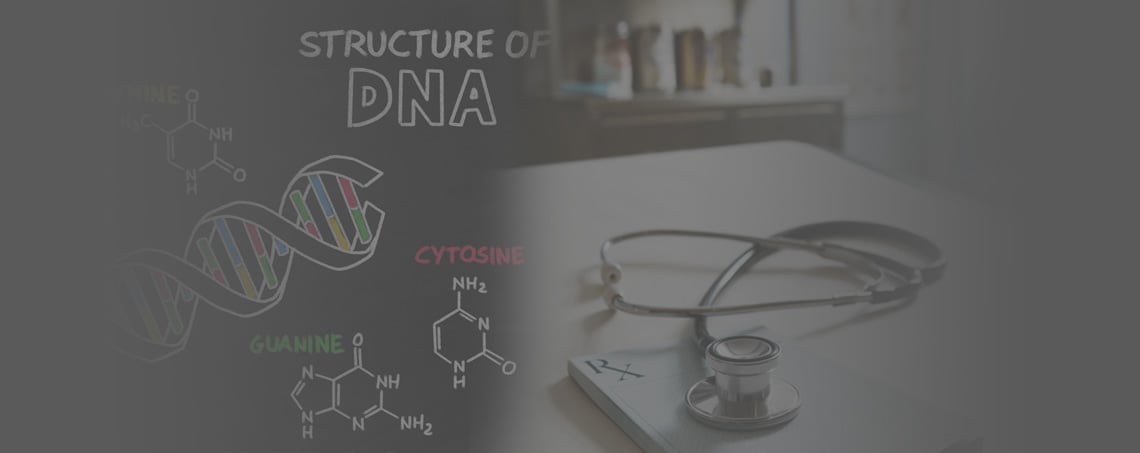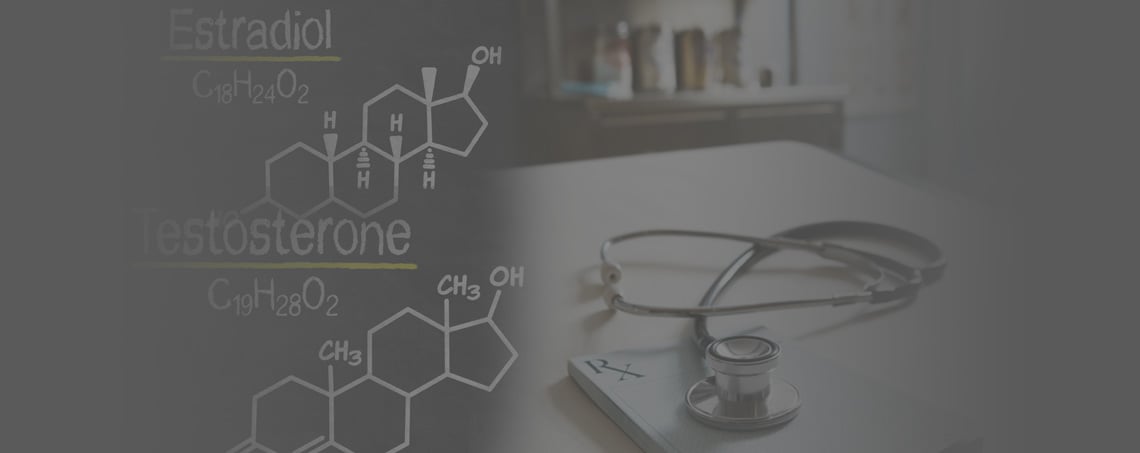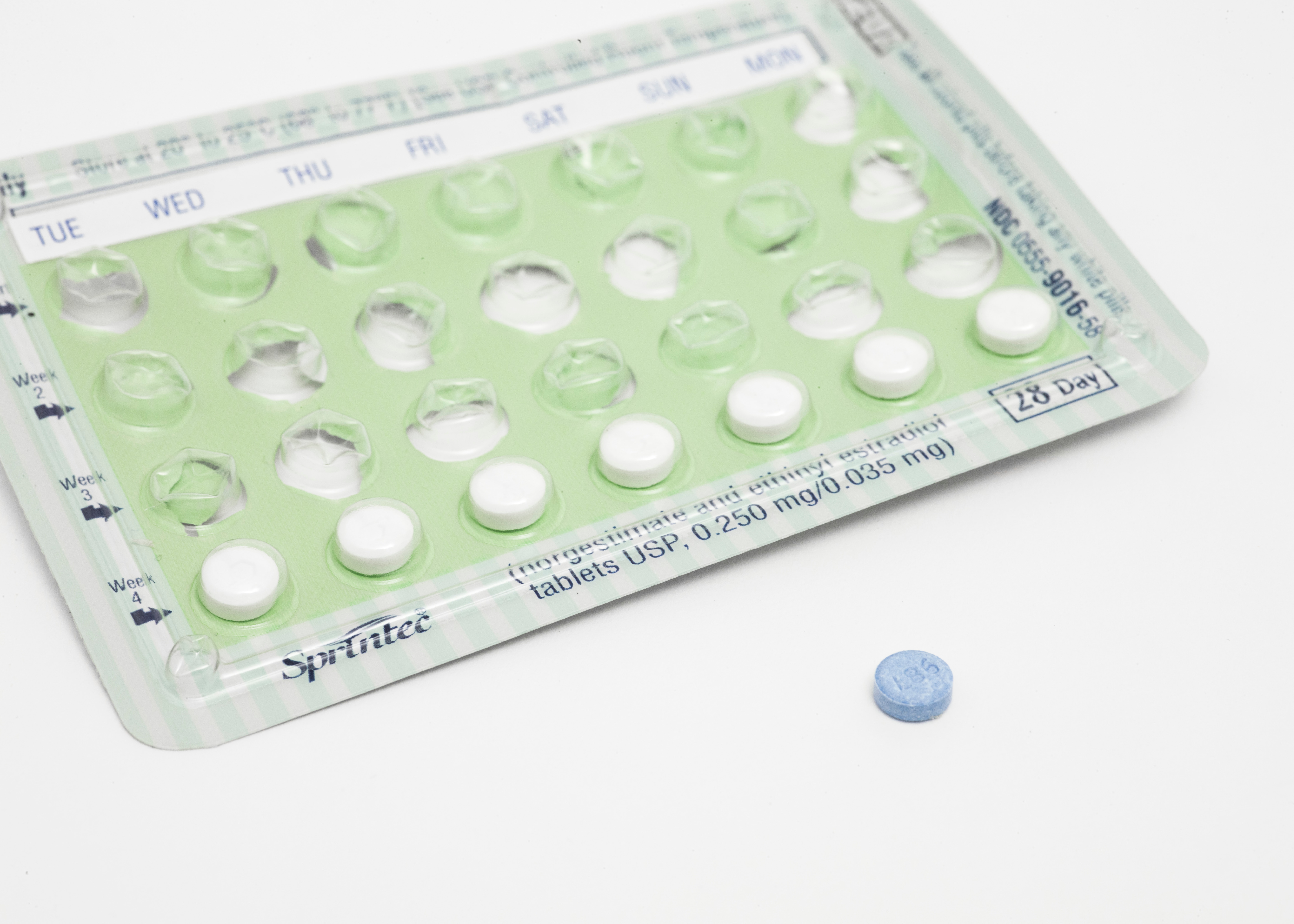Why Is SHBG Low In PCOS?
Why is SHBG low in PCOS? What are the underlying factors that influence sex hormone-binding globulin in females and males? What could be driving this process over the short term and over the long term? These are some of the questions we will answer in this article.
If you're curious why sex hormone binding globulin is low in PCOS, keep reading we're going to get into the details.
So why is sex hormone binding globulin low in women with PCOS? First, let's define some terminology like sex hormone binding globulin and PCOS. PCOS stands for polycystic ovarian syndrome. PCOS is more of a syndrome than it is a disease state or concrete diagnosis. We say this because it's more of a combination of several different characteristics or patterns, rather than a clear-cut physiology that everyone fits into. Of course, there are some commonalities and distinct things about PCOS that other people don't have. Some of those things are:
- Weight gain and insulin resistance
- Decrease fertility and hormonal imbalances that make conception difficult. (in more severe cases, there is a lack of ovulation)
- Androgenization, where females start taking on more male characteristics with a corresponding high testosterone (more specifically high free testosterone)
- Multiple ovarian cysts and other hormonal imbalances.
Not all women have all aspects of these signs and symptoms, however. What seems to be most common among all women that get this diagnosis is ovarian cysts and insulin resistance.
What is sex hormone binding globulin? It is often abbreviated as SHBG and basically what it does is carry hormones around in the body. Specifically it carries estrogen and testosterone around. When I say estrogen it's all estrogens, E1, E2, E3 and their hydroxy and methyl derivatives. For testosterone it carries dihydrotestosterone and the other derivative forms of testosterone as well.
Insulin and Why SHBG Is Low In PCOS
What happens with PCOS is androgenization and part of what's driving that is a decrease in sex hormone binding globulin. The low SHBG happens through to two distinct mechanisms. Before we get into that first let me explain a little more about the sex hormone binding globulin story. Females generally have more sex hormone binding globulin because sex hormone binding globulin is increased in the liver from estrogen. The liver produces this protein and it goes up when there's more estrogen floating around. So estrogen works as a signal to make more sex hormone binding globulin.
The protein actually goes down in the presence of insulin. We said in PCOS there is insulin resistance which means higher levels of insulin. Because of this, the insulin drives down the SHGB. Typically females have lots of this SHBG but because of the insulin resistance their sex hormone binding globulin goes down. As a result there is less this floating around and binding up the hormones. When this happens, the levels of free testosterone go up.
What is free testosterone? With testosterone our bodies have total testosterone and then bioavailable testosterone. Usually a fraction of the total testosterone is the bioavailable or unbound testosterone. This bioavailable testosterone (aka free testosterone) means it is not bound to any other proteins. Specifically sex hormone binding globulin is the protein that binds up most of the testosterone and the other hormones. The SHBG works like a buffer.
Again why is sex hormone binding globulin low in someone with PCOS? Most of the time women with PCOS are producing more insulin because of insulin resistance. In the presence of the same carbohydrate load or same macronutrient load, they need more insulin to get those nutrients into the tissues. Insulin has an opposite reaction to sex hormone binding globulin production. When insulin goes up, sex hormone binding globulin goes down. As a result of that, free testosterone goes up. That increased free testosterone cause the androgenization. So that is how that relationship goes and also how this issue seems to start. For some additional details check this article, on insulin and SHBG.
Role of Estrogen in Low SHBG and PCOS
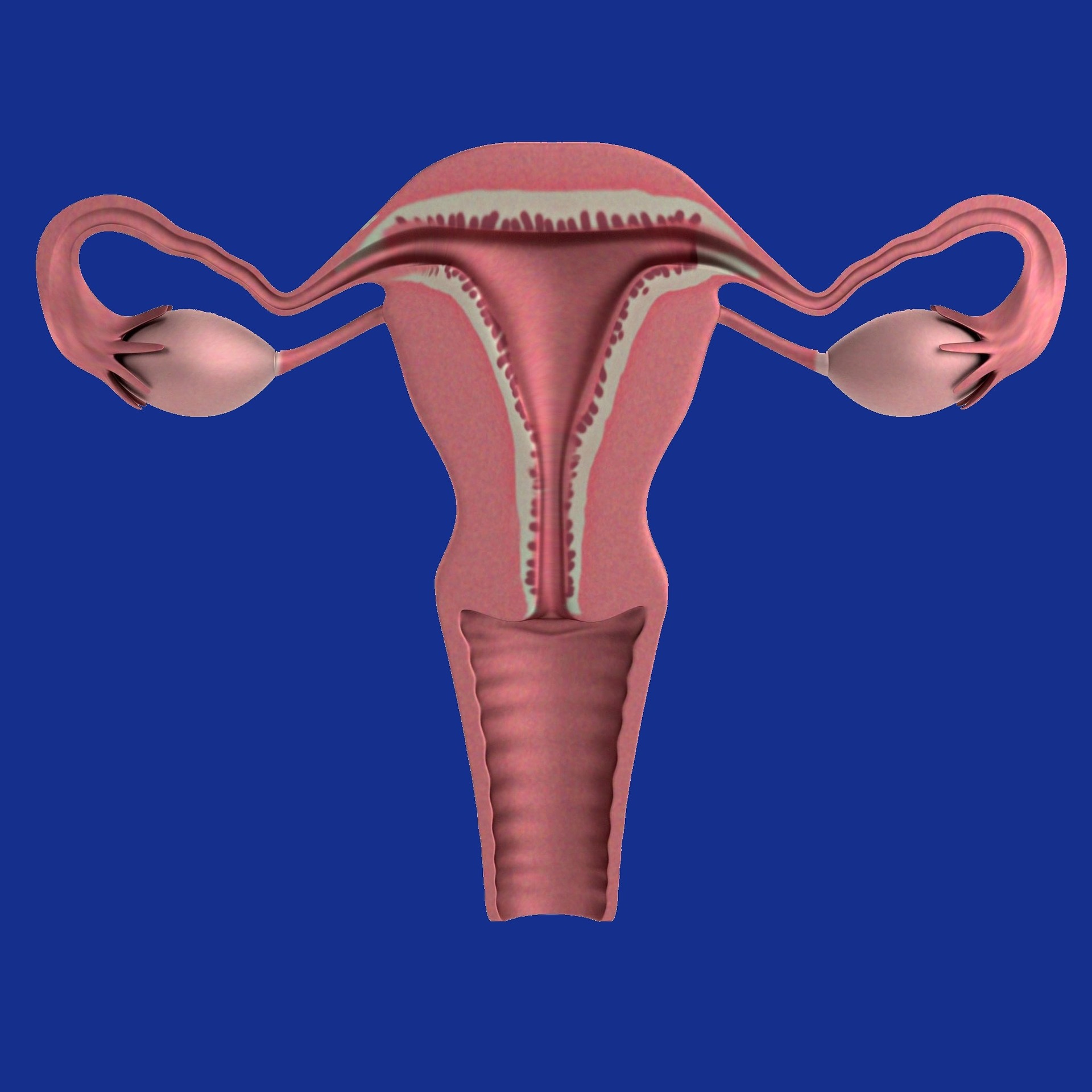
In women with PCOS, there is also this issue with estrogen too. Some women with PCOS have an-ovulation meaning they don't ovulate anymore or ovulation is limited. This causes lower estrogen output. As a result that lower estrogen also has an influence on SHBG. With low estrogen, the SHBG will be lower compared to her female counterparts.
Here is my theory on how PCOS starts and progresses. At the beginning stages of PCOS there is insulin resistance, with this over time there is increased free testosterone and androgenization. Next comes problems with the ovarian tissues and an-ovulation.
We see the negative effect of high glucose and high insulin on other organs and other tissues. For instance, glucose damages nerves, vessels, kidneys and the eyes. So it would not come as a big surprise that the glucose (or insulin) is having a negative impact on parts of the ovarian tissue. Over time there is decrease hormone output and response to other hormone signals. In the later stage there is lack of ovulation. This is a linear explanation of why SHBG is low in PCOS and how it is linked with high insulin and low estrogen. However, while all these aspects are present PCOS may not progress in this linear fashion. In fact some women with PCOS have high estrogen. This is a working theory with some supporting research like this one, insulin activity on the ovary.
Clinically we do see some or all these things reversed by treating the insulin resistance aspect of it. Because the sex hormone binding globulin has a lot of different things that can influence it, you may not see a linear increase in your SHBG. As long as you're treating the insulin resistance, you will see an improvement and the trend should get better over time.
Hopefully that answers a question why is SHBG low in PCOS. If you have any questions about your SHBG or PCOS, please ask them in the comment section. To get help with your hormonal imbalance, PCOS or high SHBG, click on the link below to get started.
